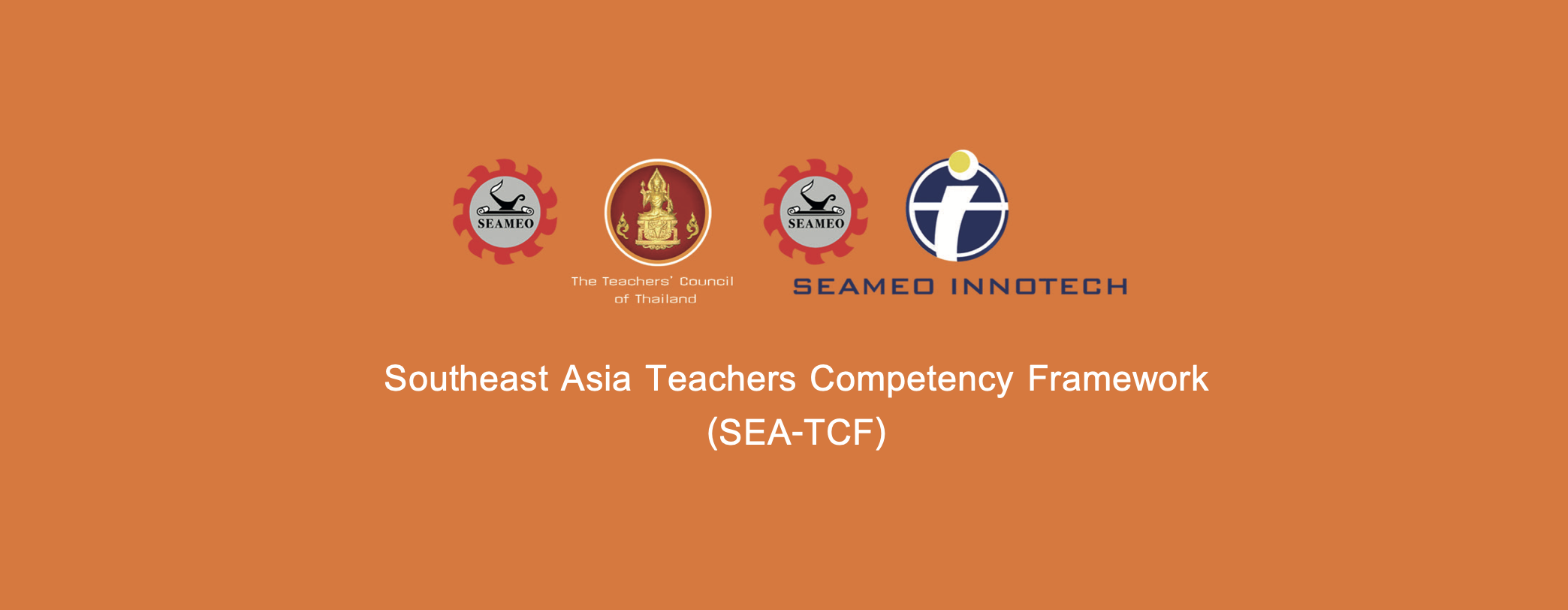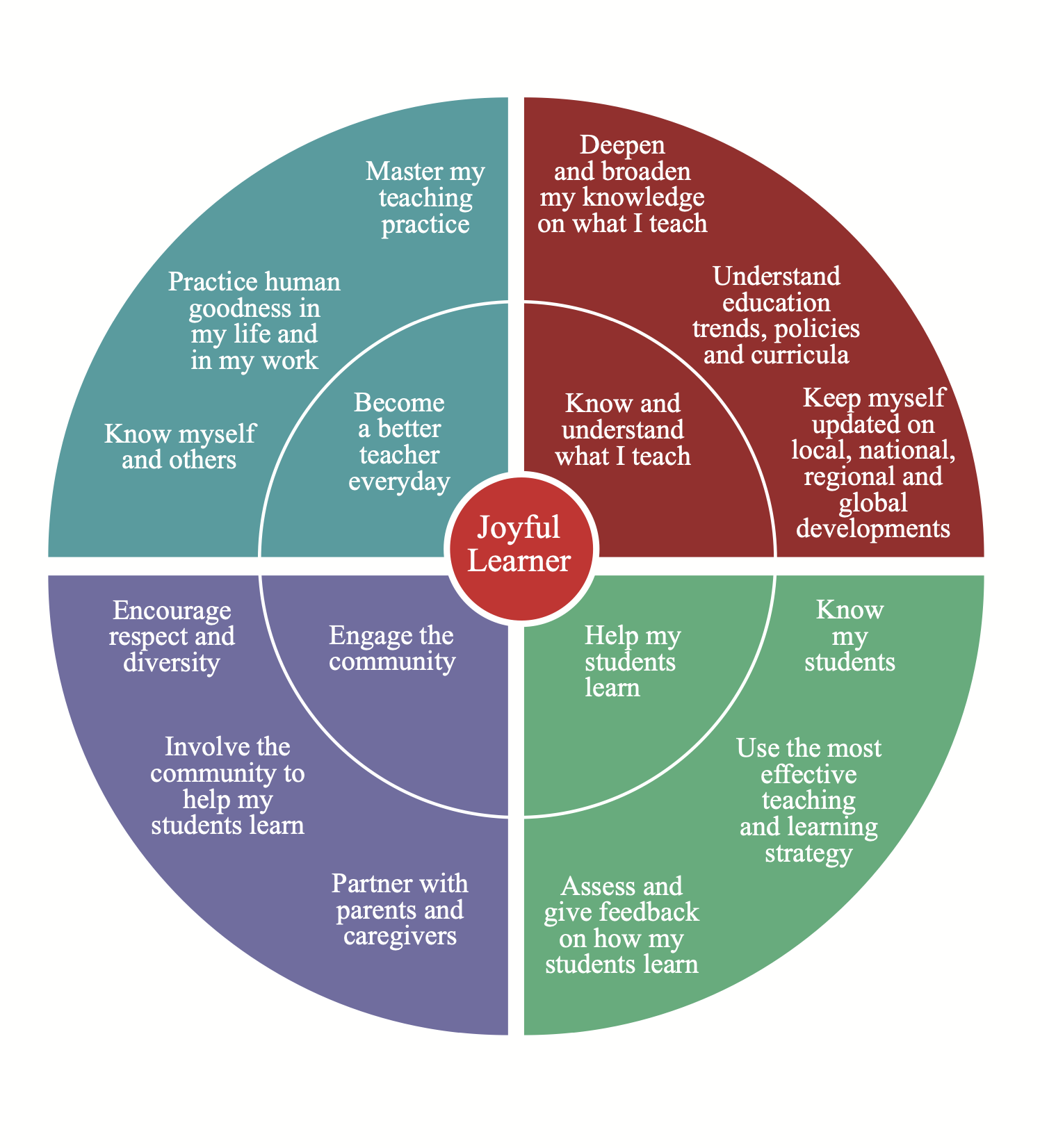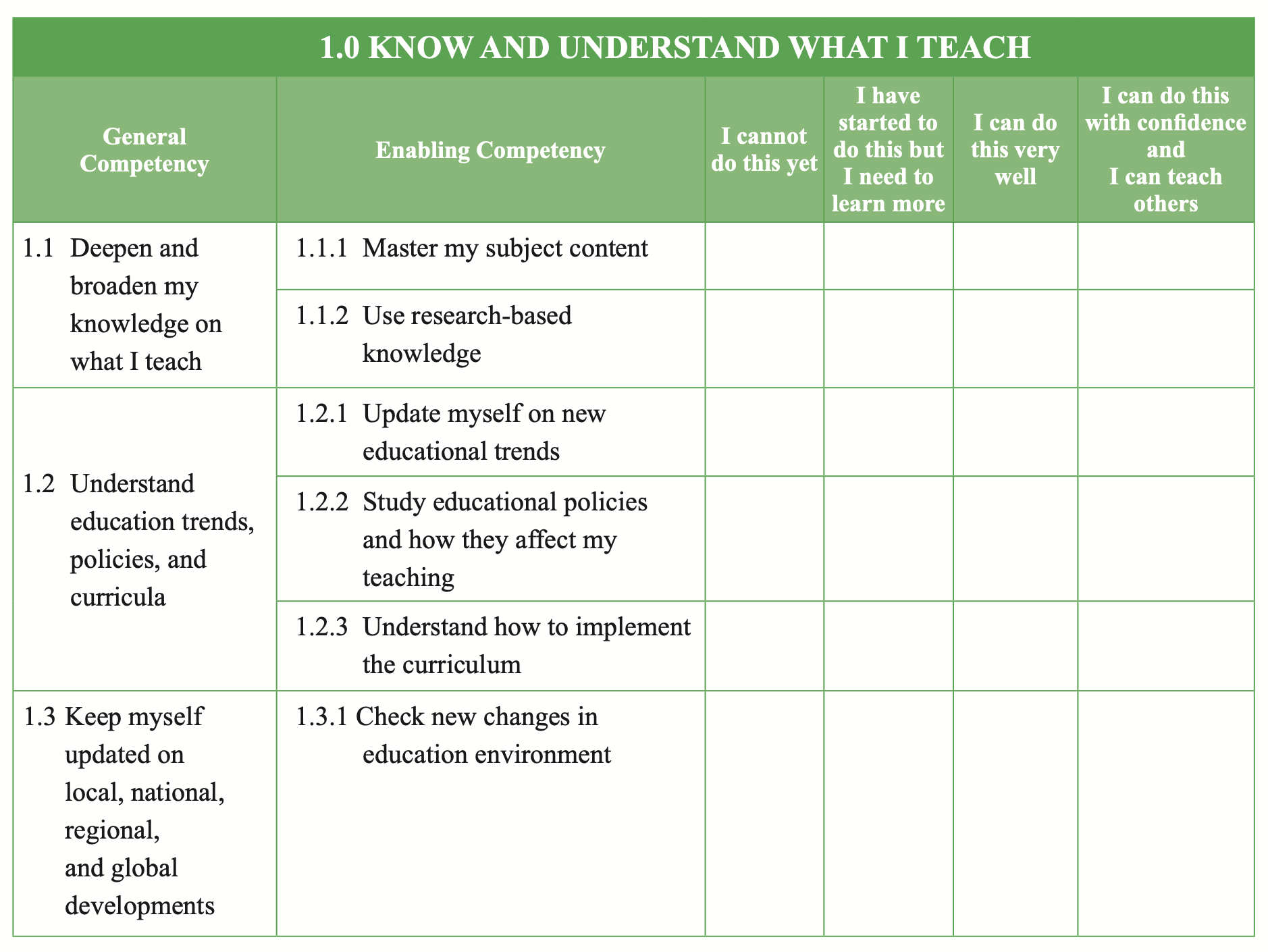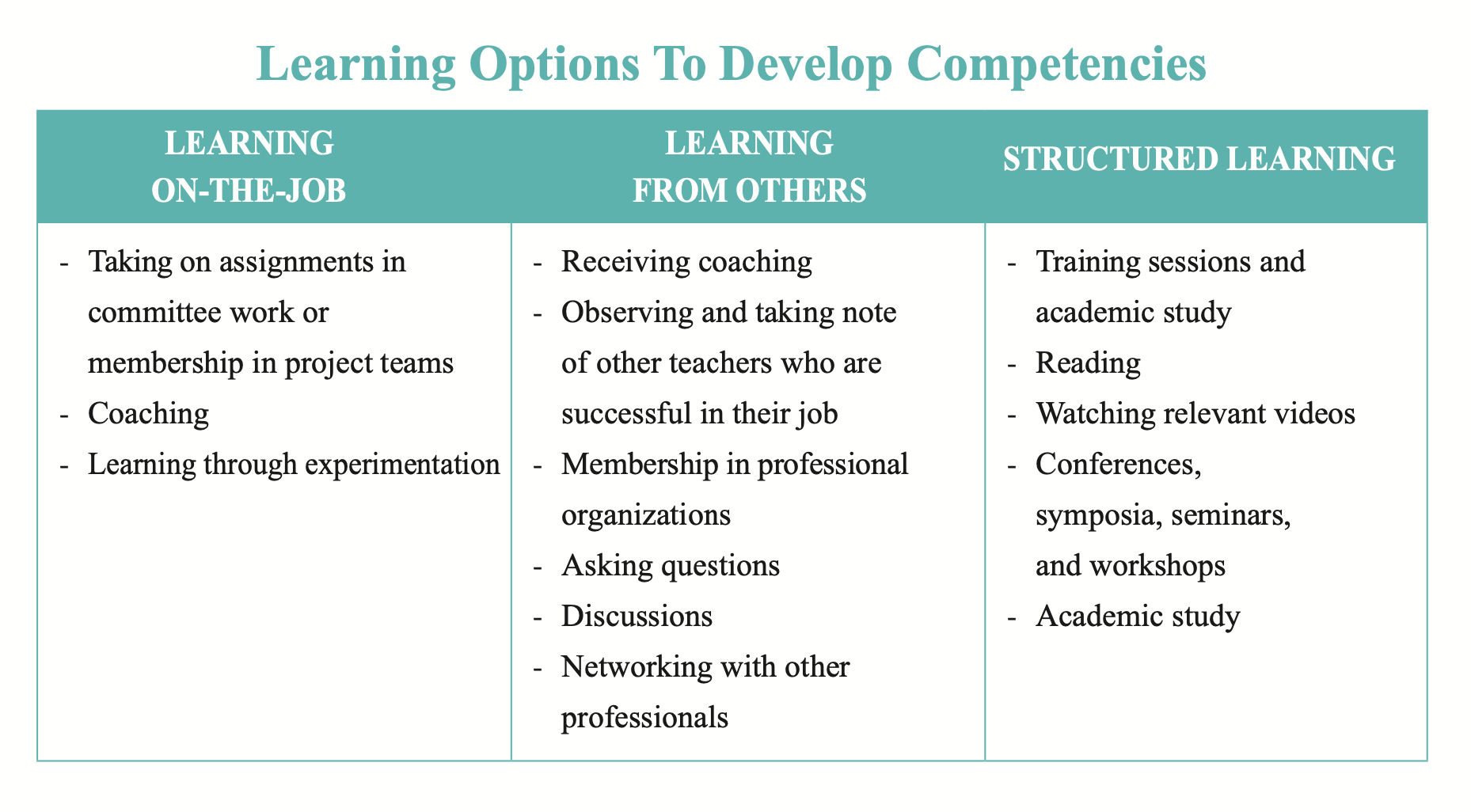Asia is home to several of the regions notching up the top results in the OECD’s global assessment of education systems (PISA report). These include China, Singapore, Macao and Hong Kong, and there is no ignoring the per capita income of these areas. But Asia is a huge continent, and it is characterised, among other things, by the diversity of the societies in its different countries. Obviously, this contribution does not aim to focus on the above-mentioned regions, but rather on those at the opposite end of the scale; those that have fewer resources to meet the needs of their educational institutions.
We are referring to many of the countries located in the geographical area known as Southeast Asia, a region in which ProFuturo currently contributes with its proposal to improve the quality of education. This is one of the world’s most polarised contexts, according to the United Nations Human Development Index, with one of the richest countries in the world, Singapore (ranked 9) at one end and several of the poorest at the other: the Philippines (ranked 106), Indonesia (111) or Cambodia (146), for example. In a scenario such as the one described, it is essential to have tools that help define the lines of development on which an education system, at least one which aims to provide its students with the necessary tools to combat sharp social inequalities, should focus.
One such tool is the Southeast Asia Teachers Competency Framework (SEA-TCF). The revitalisation of teacher training is one of the priority areas of the eleven Southeast Asian countries in the line of work outlined by the Southeast Asian Ministers of Education Organization (SEAMEO) for the period 2015 – 2035. All eleven ministries of education in the region realise that schools must serve a complex and changing society, and so their teachers have a responsibility to prepare learners by equipping them with the essential skills required to thrive. These teachers must continuously train in order to improve their performance, and based on this premise, member States are committed to promoting education as a first-choice profession, professionalising both initial and in-service training, through a framework of regional competence that serves as a guide.
Accordingly, SEA-TCF is a set of skills, knowledge, behaviours and attributes that the eleven Ministries of Education have agreed that teachers in their respective countries should master. The framework is organised into four core competences, identified by working groups of senior officials and education experts from the eleven member countries. Its overall objective is to serve as a guide for its use in professional development from a regionally contextualised perspective, and in line with global best teaching practices. In addition, the document can be used to support regional and community integration, as well as to provide a solid basis with clear guidelines for teacher exchange and mobility across the territory.
One of the cornerstones is that it was designed by teachers from Southeast Asia, taking into account the particular characteristics and needs of that national and regional context. The tool has been piloted in different educational settings in order to ensure that the language and concepts used are clear to the entire education community. In addition, suitability and ease of application have been analysed. In short, the instrument has a clear intention, namely, to serve as a guide for teachers in improving their performance, and to achieve quality education for all students in the region.
In February 2017, the Teachers’ Council of Thailand (TCT), in collaboration with the SEAMEO Secretariat (SEAMES) and the SEAMEO Regional Centre for Educational Innovation and Technology (SEAMEO INNOTECH), commenced the development of this framework. At a meeting in Bangkok, Thailand, as highlighted above, senior officials from the eleven ministries of education and experts from leading teacher training institutes and organisations, such as Teachers College Columbia University and UNESCO, discussed and reviewed teacher standards from several countries, using a SEAMEO INNOTECH publication, Teaching Competency Standards in Southeast Asian Countries, as a reference. Eleven Country Audit.
The result identifies four core competences and twelve general competences as the central pillars defining a teacher who is highly prepared to undertake educational work with a guarantee of success. The sequence is as follows: the 4 core competencies lead into 12 general competencies, which in turn make up 31 enabling competencies, which comprise 136 success descriptors. Enabling competencies are a set of performance criteria, while success descriptors are the observable behaviours expected of a high-performing teacher. Note that these competencies must be interpreted on the basis of the specific needs of the contexts to which they are addressed.
The core and general competencies are classified as follows:
1.Knowing and understanding what to teach is a teacher’s skill in deepening and broadening their knowledge about what to teach, understanding educational trends, policies and curricula, and keeping up to date with local, national, regional and global developments.
-
- Furthering and broaden my knowledge of what I teach.
- Understanding educational trends, policies and curricula.
- Keeping abreast of local, national, regional and global developments.
2.Helping students is the skill of getting to know students, using the most effective teaching and learning strategy, and assessing and giving feedback on how students are learning.
-
- Knowing my students.
- Using the most effective methodologies and learning strategies.
- Evaluating and giving feedback on how my students are learning.
3.Community involvement is the ability to partner with parents and caregivers, to engage the community in helping students learn, and to foster respect and diversity.
-
- Partnering with families and other social agents.
- Engaging the community to help my students learn.
- Encouraging respect and diversity.
4.Becoming a better teacher is the ability to know oneself and others, to practice human kindness and to master teaching practice.
-
- Knowing myself and others.
- Practising human kindness in my life and work.
- Mastering my practice of teaching.
For the self-diagnosis and monitoring of teaching development based on this framework, a number of headings were devised, structured on the basis of the descriptors and general competences. The results of this assessment are intended to help teachers:
- to plan their path to success,
- to prepare their Professional Development Plan and
- to support their continuous professional growth.
The results of the assessment guide the teacher towards learning options that may encompass a variety of training approaches to improve competences. The learning options listed in the illustration above would help address the priority teaching needs identified. These options are classified as on-the-job learning, learning from others and structured learning.
Check here for enabling competencies and performance indicators:
Are you involved in any initiative that aims to ensure learning continuity during the global Covid-19 crisis? Share your initiative HERE!










